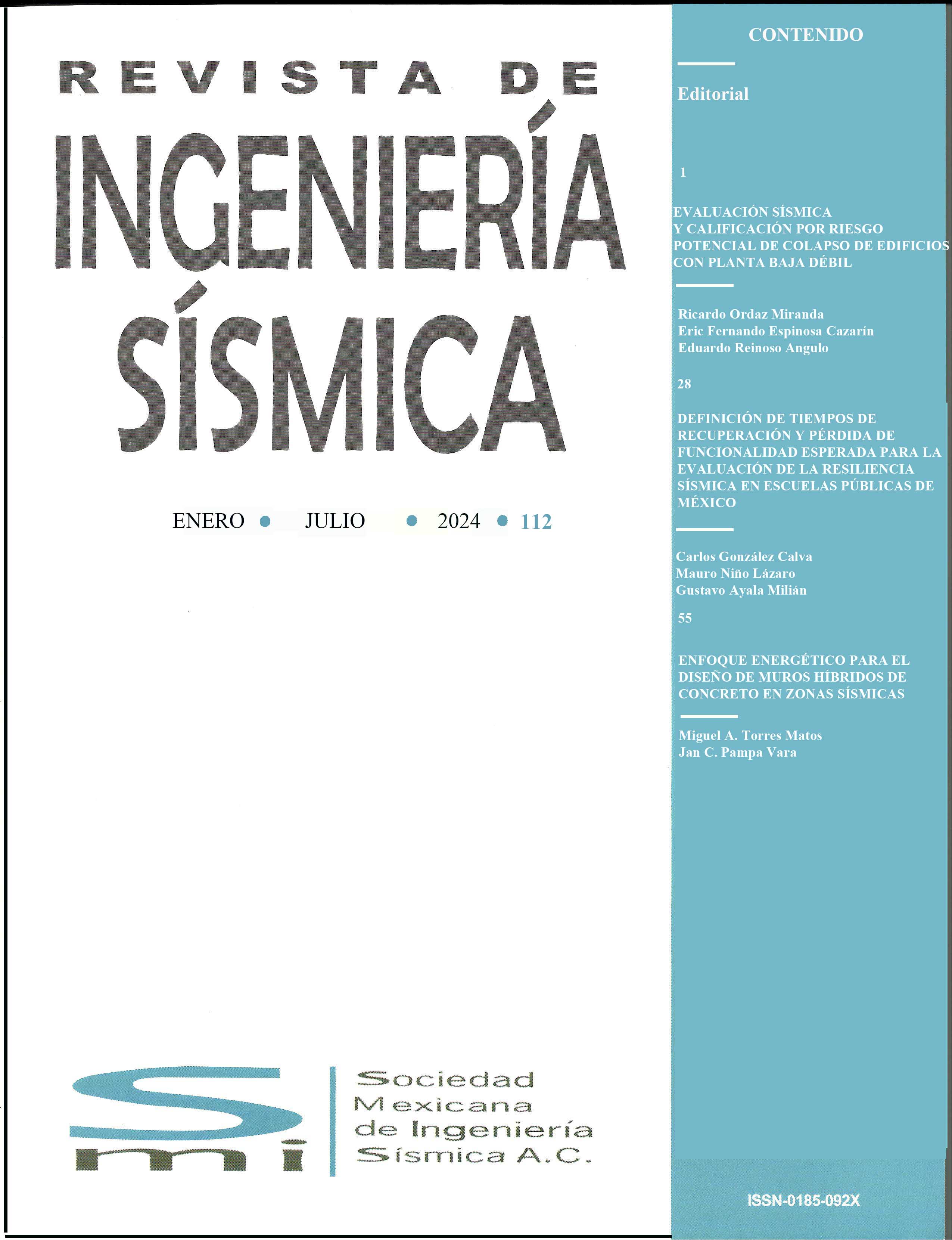RECENT DEVELOPMENT IN SEISMIC ISOLATION IN THE UNITED STATES*
DOI:
https://doi.org/10.18867/ris.61.245Resumen
The first seismically isolated building in the United States was completed in 1985. In the fourteen years since then, a total of not more that twenty-five new buildings and twenty-two retrofits of existing buildings hass been completed. In constrast, the number of base-isolated building in Japan completed over the same time period is of the order of a few hundred, and in China, where the first isloated building was completed in 1995, there are now over seventy base-isolated building.
Currently there are several building codes that govern the desing of base-isolated buildings in the United States. New regulations have been prepared for the year 2000 and beyond, which are both complex and conservative, discouraging the use of seismic isolation. These codes require the engineer to desing isolators for very large displacements and mandate extensive prototype and production testing, thereby restricting isolation's application to special structures such as hospitals and emergency service centers where a requirement for operational functionality following large earthquake events justifies the cost premium and time delays associated with the use of seismic isolation.
Conversely, seismic isolation is widely used throughout the United States for highway bridges and is governed by a single desing code that is simple tob use and not overly conservative. Isolation systems are being used for the retrofit of several very large bridges in California. The isolators to be used for this projects are very large, and a test machine at the University of California, San Diego (UCSD), has just been completed to test these Isolators at full-scale, real-time rates.
This paper will describe the current regulatory evironment for seismic isolation and the testing requirements for isolators. A description of the new test facility at UCSD will be included.






